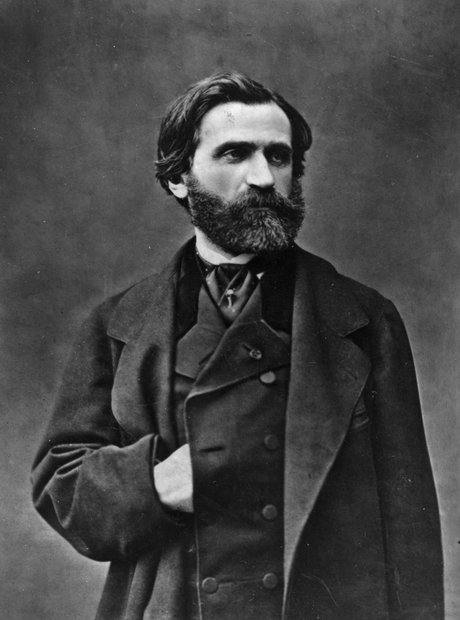

That I be not burned up by the everlasting fire. You redeemed, having suffered the Cross:īut You, good, graciously grant (this is) the testimony of David along with the Sibyl. The second English version is a more formal equivalence translation. This translation, edited for more conformance to the official Latin, is approved by the Catholic Church for use as the funeral Mass sequence in the liturgy of the Anglican ordinariate. The first English version below, translated by William Josiah Irons in 1849, albeit from a slightly different Latin text, replicates the rhyme and metre of the original. The Latin text below is taken from the Requiem Mass in the 1962 Roman Missal.

" Dies irae" remains as a hymn ad libitum in the Liturgy of the Hours during the last week before Advent, divided into three parts for the Office of Readings, Lauds and Vespers. These they replaced with texts urging Christian hope and arguably giving more effective expression to faith in the resurrection. Thus they removed such familiar and even beloved texts as " Libera me, Domine", " Dies irae", and others that overemphasized judgment, fear, and despair. They got rid of texts that smacked of a negative spirituality inherited from the Middle Ages. A leading figure in the post-conciliar liturgical reforms, Archbishop Annibale Bugnini, explains the rationale of the Consilium: In the reforms to the Catholic Church’s Latin liturgical rites ordered by the Second Vatican Council, the "Consilium for the Implementation of the Constitution on the Liturgy", the Vatican body charged with drafting and implementing the reforms (1969–70), eliminated the sequence as such from funerals and other Masses for the Dead. It also formed part of the pre-conciliar liturgy of All Souls' Day. As such, it is still heard in churches where the Tridentine Latin liturgy is celebrated. It appears in the Roman Missal of 1962, the last edition before the implementation of the revisions that occurred after the Second Vatican Council. The " Dies irae" has been used in the Extraordinary Form of the Roman Rite liturgy as the sequence for the Requiem Mass for centuries, as made evident by the important place it holds in musical settings such as those by Mozart and Verdi. The final couplet, Pie Jesu, has been often reused as an independent song. The first melody set to these words, a Gregorian chant, is one of the most quoted in musical literature, appearing in the works of many composers. An English version is found in various Anglican Communion service books. It is best known from its use in the Roman Rite Requiem ( Mass for the Dead or Funeral Mass). The poem describes the Last Judgment, the trumpet summoning souls before the throne of God, where the saved will be delivered and the unsaved cast into eternal flames. It is a mediæval Latin poem characterized by its accentual stress and rhymed lines. The sequence dates from the 13th century at the latest, though it is possible that it is much older, with some sources ascribing its origin to St.

1294), lector at the Dominican studium at Santa Sabina, the forerunner of the Pontifical University of Saint Thomas Aquinas (the Angelicum) in Rome. " Dies irae" ( Ecclesiastical Latin: "the Day of Wrath") is a Latin sequence attributed to either Thomas of Celano of the Franciscans (1200–1265) or to Latino Malabranca Orsini (d. Centre panel from Memling's triptych Last Judgment ( c.


 0 kommentar(er)
0 kommentar(er)
